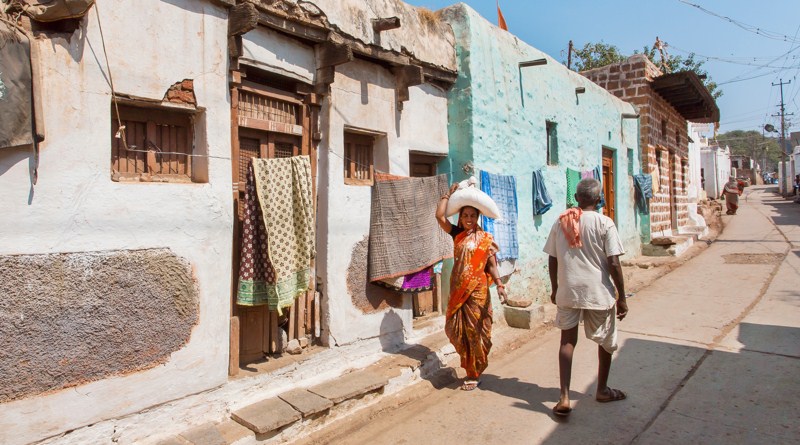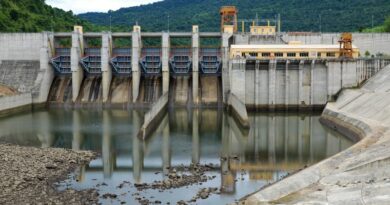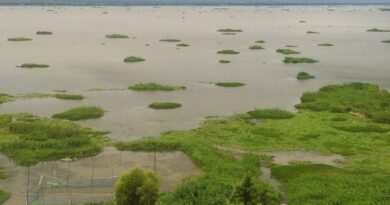India looks to create smart eco-system to measure, monitor rural water supply

The Centre has decided to create a smart rural water supply eco-system to measure and monitor the service delivery of supply in rural areas even as it said more than 85000 water conservation structures have come up across Indian villages in recent months.
The Centre’s move on the rural water supply eco-system, through its Jal Jeevan Mission, will allow it to harness the synergies with other major initiatives like Atmanirbhar Bharat, Digital India and ‘Make in India’ programme.
India is regarded as one of the most vibrant IoT (Internet of things) eco-systems in the world, with various supporting enablers making it conducive for companies looking to serve global demand beyond national boundaries. The Centre is keen to invite private players in this area with the introduction of different policies and initiatives to leverage the benefits of these disruptive IoT technologies in multiple sectors, said a senior Government official.
The Union Jal Shakti Ministry said the JJM is being implemented in partnership with states and is aimed at providing functional household tap connection to every rural household across the country by 2024.
“The programme focuses on service delivery at the household level, the supply of 55 litres per capita per day (lpcd) of water of prescribed quality on a regular and long-term basis. The mission focuses on ‘service delivery’, rather only on infrastructure creation,” an official statement said.
“In accordance with the 73rd amendment to the Constitution, gram panchayats at the village level will manage drinking water supply. Thus, a gram panchayat or its sub-committee – village water and sanitation committee or paani samiti – is required to function as a ‘local public utility’ for drinking water management, water service delivery, greywater treatment, and reuse, and take care of operation and maintenance of in-village water supply infrastructure for assured drinking water supply on regular basis, collect user charges for delivery of water supply services,” the statement said.
To facilitate states and gram panchayats, an automated system for measurement and monitoring of water service delivery is necessary. “This necessitates the use of modern technology for measurement and monitoring of the water service delivery and to capture and transmit service delivery data automatically for ensuring the quality of service,” the official said.
The official statement said IoT strategies are increasingly used to monitor water quantity and quality. Recent technological advancements and declining costs of mobile data, hardware, and software provide an opportunity to digitise water supply infrastructure in rural India.
It is being hoped that digitally-enabled water supply infrastructure will help in near real-time monitoring and evidence-based policymaking. Also, digitisation of water supply infrastructure has the potential to help the gram panchayats as ‘local public utilities’.
“National Jal Jeevan Mission has constituted a technical expert committee to prepare a road map for measurement and monitoring of water service delivery system in rural areas. The committee has eminent members from academia, administration, technology, and specialists from the water supply sector,” the statement said.
The National Jal Jeevan Mission and Union Electronics and Information Technology Ministry are also planning to conduct an ICT Grand Challenge to bring an innovative, modular, and cost-effective solution to develop a ‘smart water supply measurement and monitoring system’ to be deployed at the village level.
“The Mission, in partnership with State Governments and sector partners, has started facilitating a sensor-based water supply system on a pilot basis in various villages. Gujarat has begun navigating the sensor-based rural water supply systems in 1000 villages spread across five districts. Other states have also started pilot projects,” the statement added.
Meanwhile, under the Garib Kalyan Rojgar Abhiyaan, the Centre said more than 85000 water conservation structures and 2.63 lakh rural houses have been created so far this year.
The Garib Kalyan Rojgar Abhiyaan (GKRA) was launched to boost employment and livelihood opportunities for migrant workers returning to villages and similarly affected citizens in rural areas in the wake of COVID-19 outbreak. By the ninth week of its launch, across rural India, a large number of structures had been created including 85,786 water conservation structures, 263,846 rural houses, 19,397 cattle shed, 12,798 farm ponds and 4,260 community sanitary complexes.
The Abhiyaan is taking action on mission mode to provide employment to migrant workers who have returned to their native villages of six – Bihar, Jharkhand, Madhya Pradesh, Odisha, Rajasthan and Uttar Pradesh. The Abhiyaan is now empowering villagers with livelihood opportunities in 116 districts of these states.


